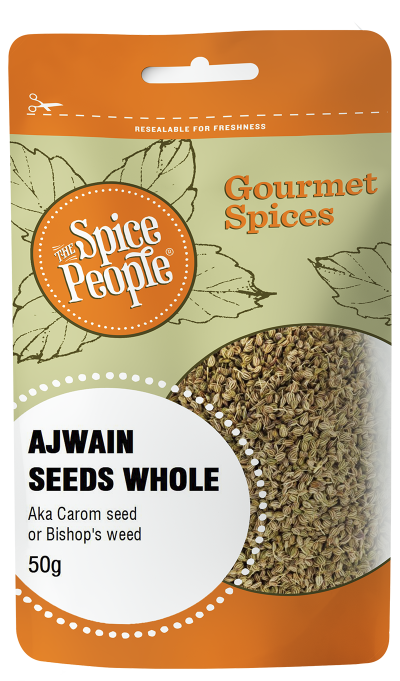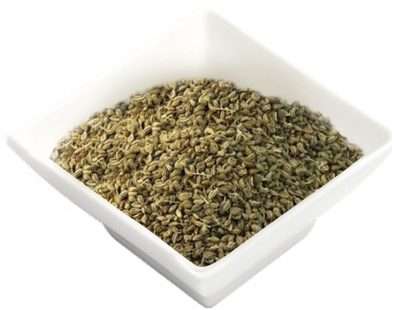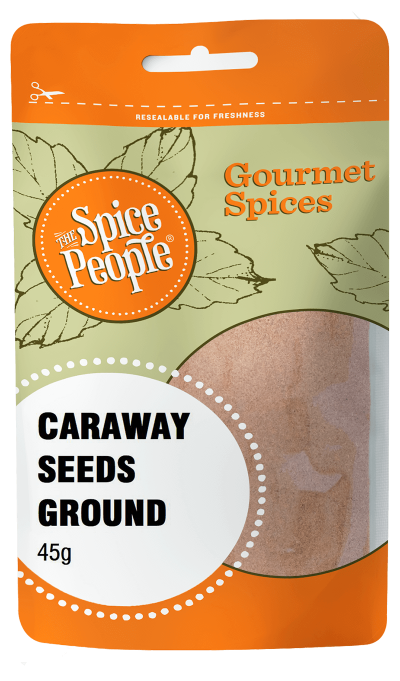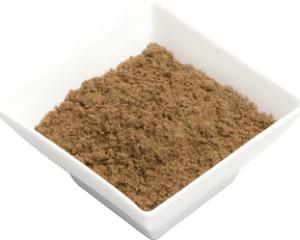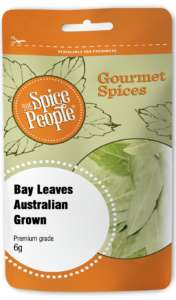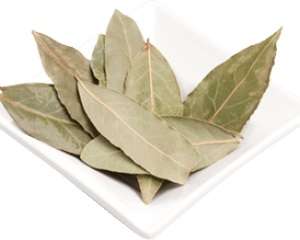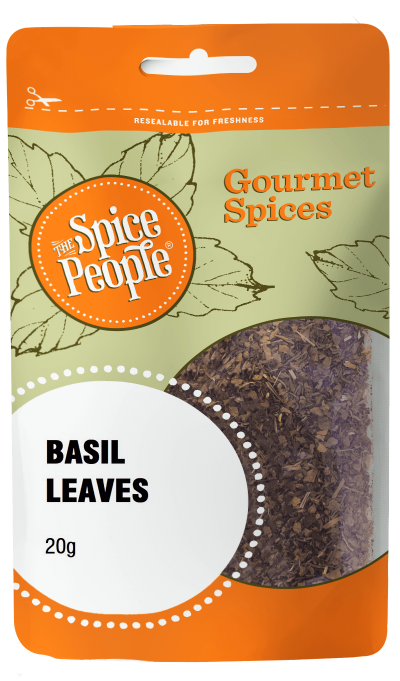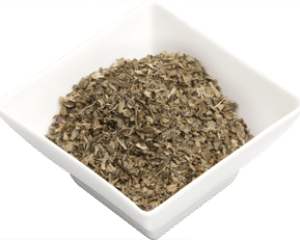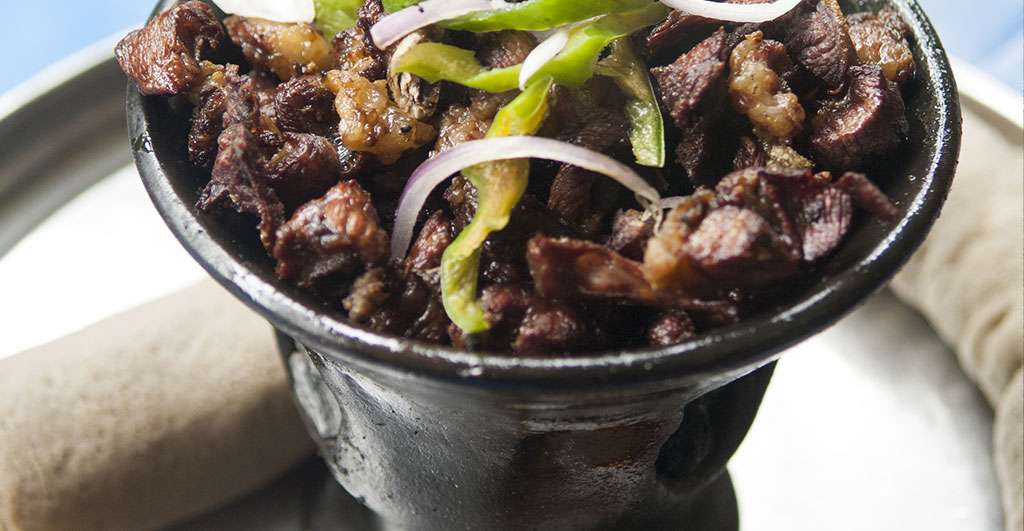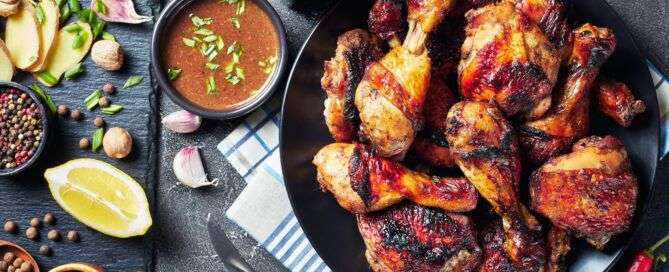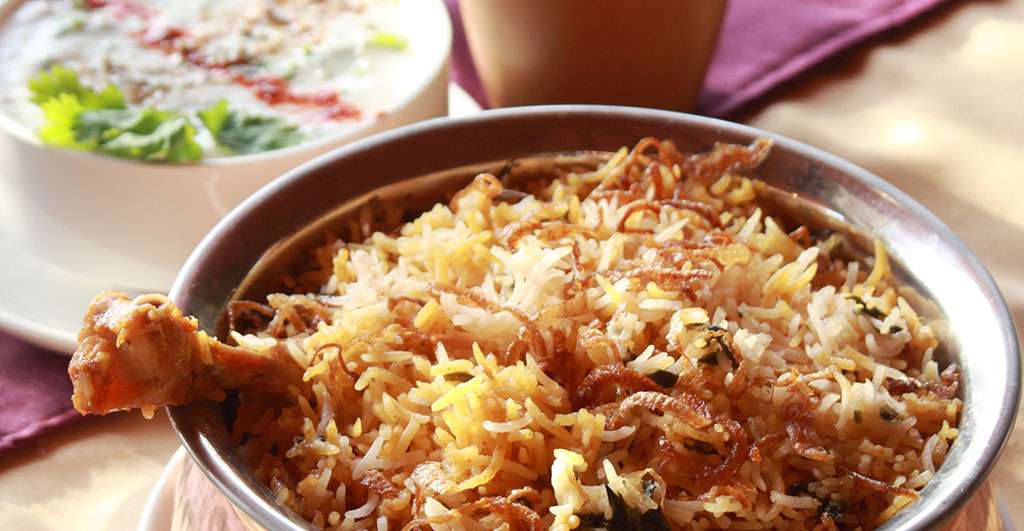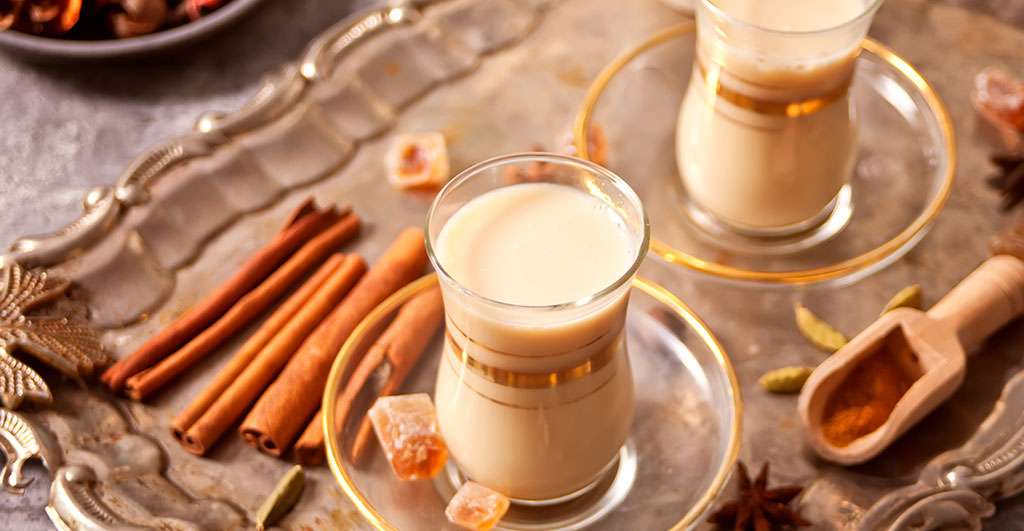Turmeric Powder (Alleppey) – 65g
775 in stock
Product Description
Turmeric alleppey has the highest level of naturally occurring curcumin. It has a light, warm, mildly bitter peppery flavor, and an earthy musky aroma. Its deep mustard yellow-ochre color imparts a strong dark yellow hue to any dish. It is preferred for its health benefits due to its higher levels of curcumin.
Flavour Notes:
Turmeric Alleppey powder is a member of the ginger family that is native to India. Turmeric Alleppey has a distinctive earthy fragrance and a warm, slightly peppery bitter taste. Even though there are two types most commonly used; Alleppey and Madras, Alleppey turmeric is the best variety to use in cooking when the true flavour of fresh turmeric is desired.
Culinary Notes:
Indian Turmeric from the Alleppey region is reputed for its ability to color curries, pickles, rice dishes, mustards, drinks & sweet dishes with a dark yellow-ochre colour. It’s also a common ingredient in most curry blends from all different regions, herbal teas and our Golden Chai blend. When using turmeric in dishes, always ensure you add a dash of black pepper to activate the curcumin compound that contributes to its anti-inflammatory and antioxidant properties. Other names include, turmeric Alleppey, tamaret, tormarith, turmerocke, tarmanick, tarmaluk, kurkum’ saffron, curcuma, curcuma longa, turmeric ground, turmeric root, turmeric powder, Indian saffron, turmeric rhizome.
Health Benefits:
Turmeric Alleppey contains the compound curcumin and has been used for centuries in India as a medicinal herb. Some of its health benefits are reported to be strong anti-inflammatory, antimicrobial, antioxidant, and antimutagenic properties.
- In traditional medicine, it has been used to reduce the pain of arthritis, bursitis, and tendonitis, and fight atherosclerosis.
- It is also used for heartburn, stomach pain, diarrhea, intestinal gas, stomach bloating, loss of appetite, jaundice, liver problems, and gallbladder disorders.
- Turmeric tea can improve sleep, and it can be used as a tonic to soothe sore throats and coughs when combined with honey.
- Its antimicrobial properties may be beneficial for treating skin conditions such as acne when mixed with water and honey.
Ingredients and country of origin:
100% dried ground Turmeric Powder.
Packed in Australia from 100% imported ingredients from India.
How to use
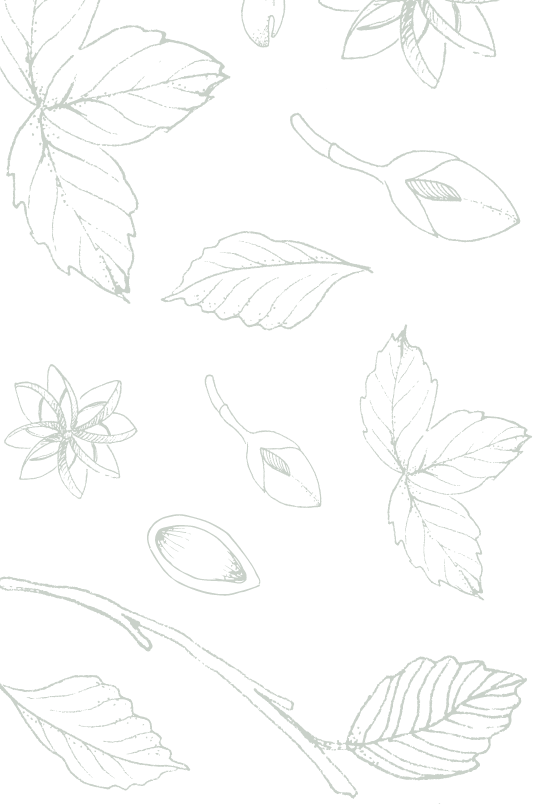
The Spice People FAQs


The Spice People FAQs

Other Spices you may like
Featured in



Join the Spice People to Get Started on Your Culinary Spice Journey!
Be the first to hear about our exclusive promotions, new product releases, recipes and more.






